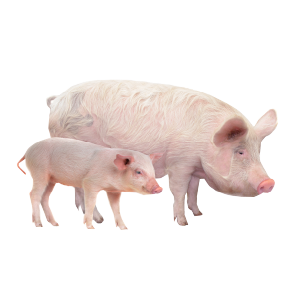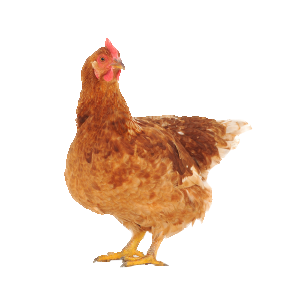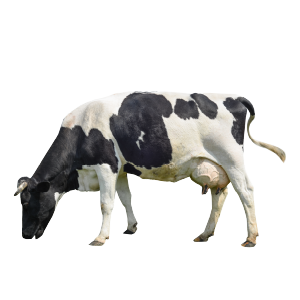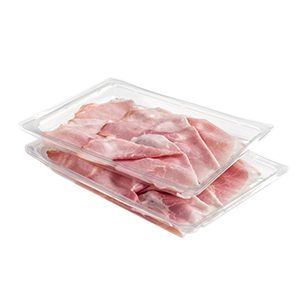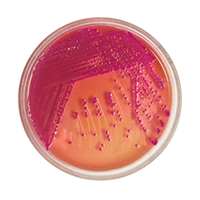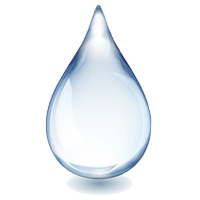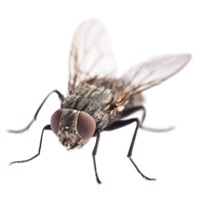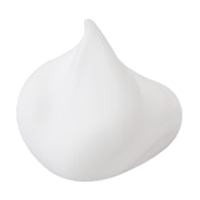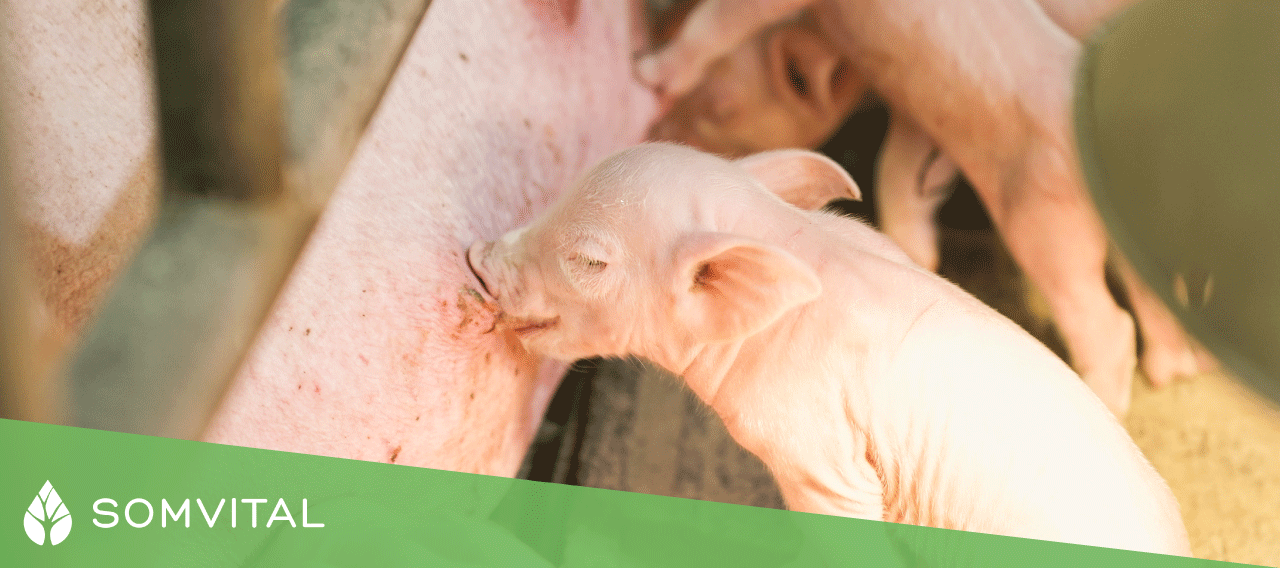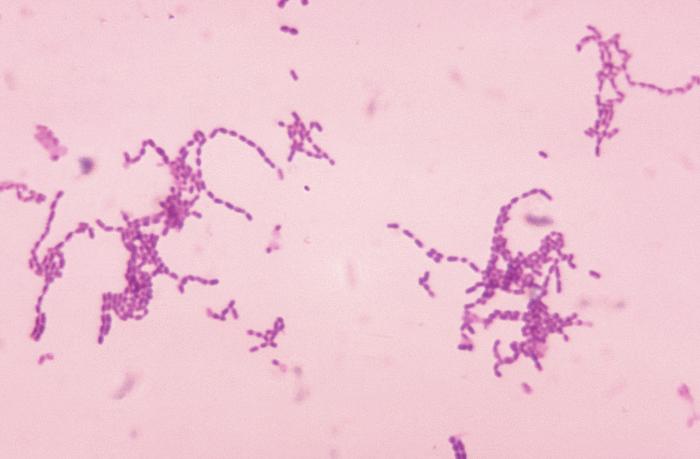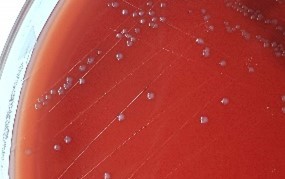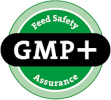Nowadays, one of the pathologies that most affect to swine production is streptococia. Disease that pops up mainly in piglet´s lactation and transition process.
Limited vaccine effectiveness and the decrease on prophylactic antibiotic use, contributes to an increase in new cases.
In this article we will talk about swine estreptococcus, how is it transmitted and the sector implications. Indeed, we will see the importance of chlorhexidine, his properties, benefits and which is the principal component of Dersuisan Vet product, that will help us to deal with this pathology.
What is STREPTOCOCCUS SUIS?
The responsible agent of this illness is Streptococcus suis, positive Gram bacteria that it is located naturally in swine upper breathing tract, as well as in digestive and genital areas. There exist 35 stereotypes over the world, being type 2 the most common in our farms.
It capable of passing through the hematoencefálica barrier and get into the nervous system causing meningitis cases. It is also able to reach joints generating arthritis cause.
HOW SWINE ESTREPTOCOCCUS IS TRANSMITED AND WHICH ARE THE MAIN CAUSES?
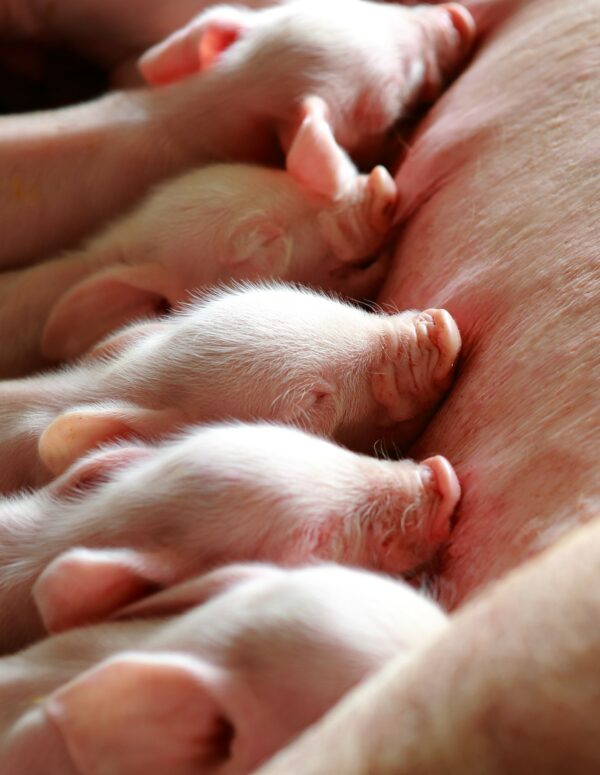
The bacteria is transmitted through different channels, such as oronasal (In the birth moment), the direct contact or through skin wounds.
Infected piglets are able to transmit the infection through saliva in bites, which are mainly caused from regrouping fights.
Moreover, we should take into account which are the causes that may increase the probability of this bacteria presence. The main reasons are:
- High animal density
- Stress
- Lack of hygiene
WHICH ARE THE SINTOMS OF SWINE STREPTOCOCCUS?
Once is in contact with the animal, it settles in the tonsils. When the maternal immunity starts to decrease, and the animals are weaned, stress is increased. It is mostly in the sixth living week when the biggest casuistry appears.
It is the cause of problems in recent weaned animals such as sudden death due to septicemia, endocarditis, arthritis and meningitis.
THE IMPORTANCE OF CHLORHEXIDINE AGAINST STREPTOCOCCAL DISEASE
Chlorhexidine is a safe antiseptic, it does not irritate the skin, is not absorbed, and is effective against a wide spectrum of bacteria, virus and fungi. Due to these reasons, it has many health, veterinary and human hygiene applications.
Its good performance is due to the fact that it is a cationic compound that joints the bacteria surface, alternating its cell membrane and causing their death. In the next table we can observe the chlorhexidine activity about different bacteria.
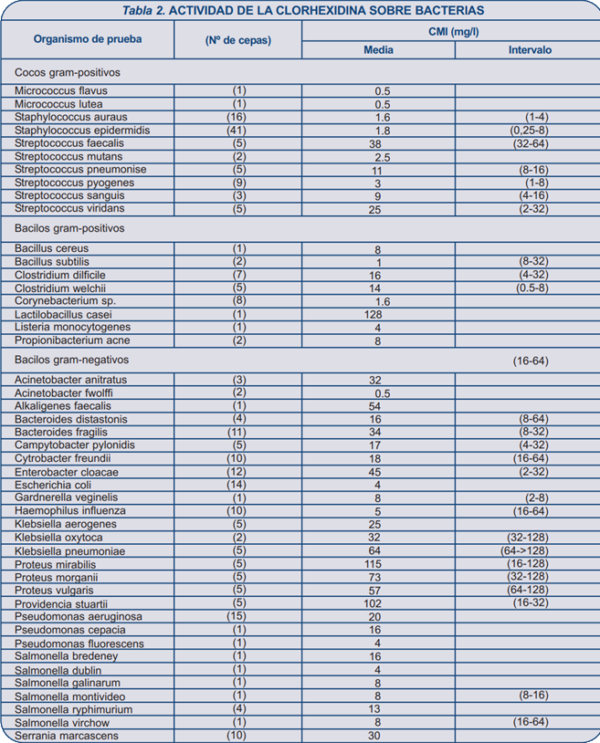
Source: Own elaboration
Which are the benefits Dersuisan Vet against swine streptococcus ?
Dersuisan Vet is a hygiene gel authorized to use it over animal skin, avoids wounds infections and skin injuries.
Contains chlorhexidine as principal active, since it is a wide spectrum antiseptic effective against antiseptic Streptococcus suis.
Dersuisan vet sticks effectively to animal skin, providing great persistence. This let chlorhexidine make an effect for a long period of time.
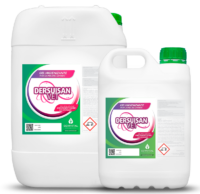
¿Cómo y cuándo utilizar Dersuisan Vet?
Apply with foaming equipment, to increase effectiveness.
In sows, apply making special focus in vulvas and breast, because are the closest areas with piglets.
In the regrouping of piglets, especially when we observe skin wounds due to bites or fights, to control this route.
Once the product is applied, do not rise out.
Thanks to its easy and quik application and its active principles, this sanitizer provides great persistence by not being absorbed by the skin or mucoses
As we have seen in the article, swine streptococcus is a serious illness that can cause important economic damage to swine farms.
Dersuisan Vet is a sanitizer gel that contains chlorhexidine, an antiseptic of wide spectrum effective against Streptococcus suis, which makes this product an effective tool to control this illness.

